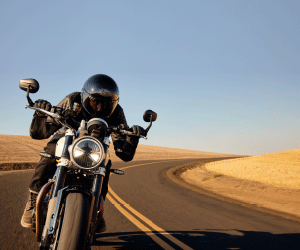In 1992, Honda launched the CB400 Super Four, which became a huge success in the naked bike market. Over the years, the model underwent several evolutions, including minor changes and a complete overhaul.
Three years later, in 1995, Honda launched the Super Four Version R, with significant improvements to the engine and chassis, but not everything had positive feedback from its fans and the public, namely the square headlight.
In response and with the intention of “erasing” a not-so-positive image with its audience, Honda quickly launched the Version S in 1996. This version maintained the technical improvements of the Version R, but reintroduced the traditional round headlight, but the changes didn’t stop there: in addition, the new version included high-quality Brembo brakes, and for a final price difference for the customer not to be exorbitant compared to the standard model.
The result? The Version S became extremely popular, virtually replacing the standard model, and proved that “small” adjustments to a successful product can be the key to success. And it was precisely this success of the Version S, so great, that other manufacturers had difficulty competing. Honda maintained the interest of consumers by launching limited editions, including a 50th anniversary commemorative model.
In 1999, Honda launched a new generation of the CB400 Super Four with Hyper VTec technology, marking the end of the era of the popular Version S.
If there were any doubts about how brands have the ability to reinvent themselves and be at the top, the case of this model and how the “R” bike was improved to the “S” proved that small design changes, combined with technical improvements, can have a significant impact on the success of a motorcycle model.

Versão R da Honda CB400 Super Four (Fonte da imagem: Ride-Hi)











